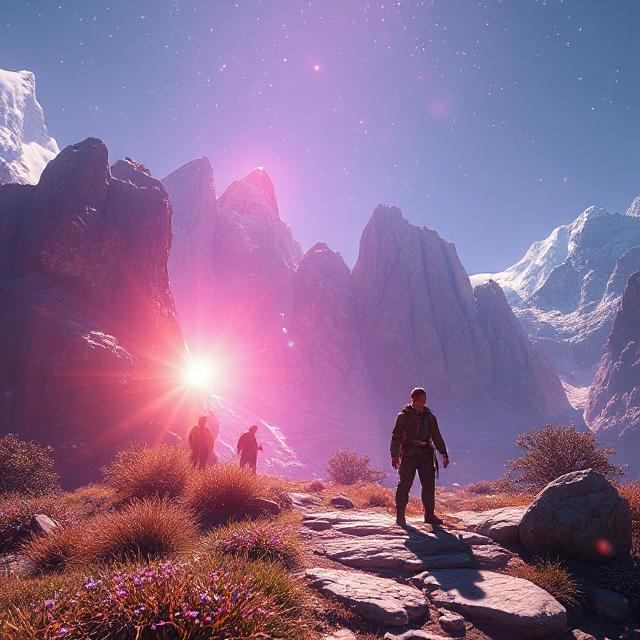Multiplayer games have come a long way since their humble beginnings in local-area networks (LAN) and split-screen play. As technology has evolved, so too has the way we interact with one another in gaming environments. Let’s take a look at how multiplayer games have transformed over the years.
In the early days, LAN parties were the go-to method for multiplayer gaming. Players would gather at a single location, often with their own PCs or consoles, and connect to a local network to play together. This was the early version of the social aspect of gaming, as friends would get together to play games like Doom and Warcraft. However, LAN parties were limited by geography and required a fair amount of setup.
The next major step in multiplayer gaming was the advent of online gaming. Games like Quake, Diablo II, and StarCraft brought the multiplayer experience to the internet, allowing players to compete against each other no matter their location. The rise of MMOs (Massively Multiplayer Online games) like World of Warcraft further expanded the scope of online multiplayer, creating entire worlds where players could interact with thousands of others. This marked a huge shift in the way multiplayer games were played, as gamers could now form friendships, guilds, and communities without ever leaving their homes.
As broadband internet became more widespread, online multiplayer grew even more accessible. Players no longer had to worry about dial-up connections or lag, and they could enjoy real-time multiplayer experiences in games like Call of Duty and Halo. Consoles, too, began to integrate online multiplayer, with the Xbox Live service allowing console gamers to connect and compete with others around the world.
In recent years, cross-platform play has become a major trend in multiplayer gaming. Titles like Fortnite, Rocket League, and Minecraft allow players on different platforms (PC, Xbox, PlayStation, and mobile) to play together in the same game. This has broken down the barriers between different gaming ecosystems, allowing for a more unified multiplayer experience.
The evolution of multiplayer gaming has also seen the rise of esports, where professional players and teams compete for large prize pools in games like League of Legends, Dota 2, and Counter-Strike: Global Offensive. Esports has transformed gaming into a global spectator sport, with millions of viewers tuning in to watch top-tier competitions.
Looking forward, the future of multiplayer gaming will likely involve even deeper integration of virtual reality (VR), augmented reality (AR), and cloud gaming, which will provide players with even more immersive and seamless experiences. The rise of social VR platforms like VRChat shows that the boundaries between gaming and social interaction will continue to blur.

Leave a Reply